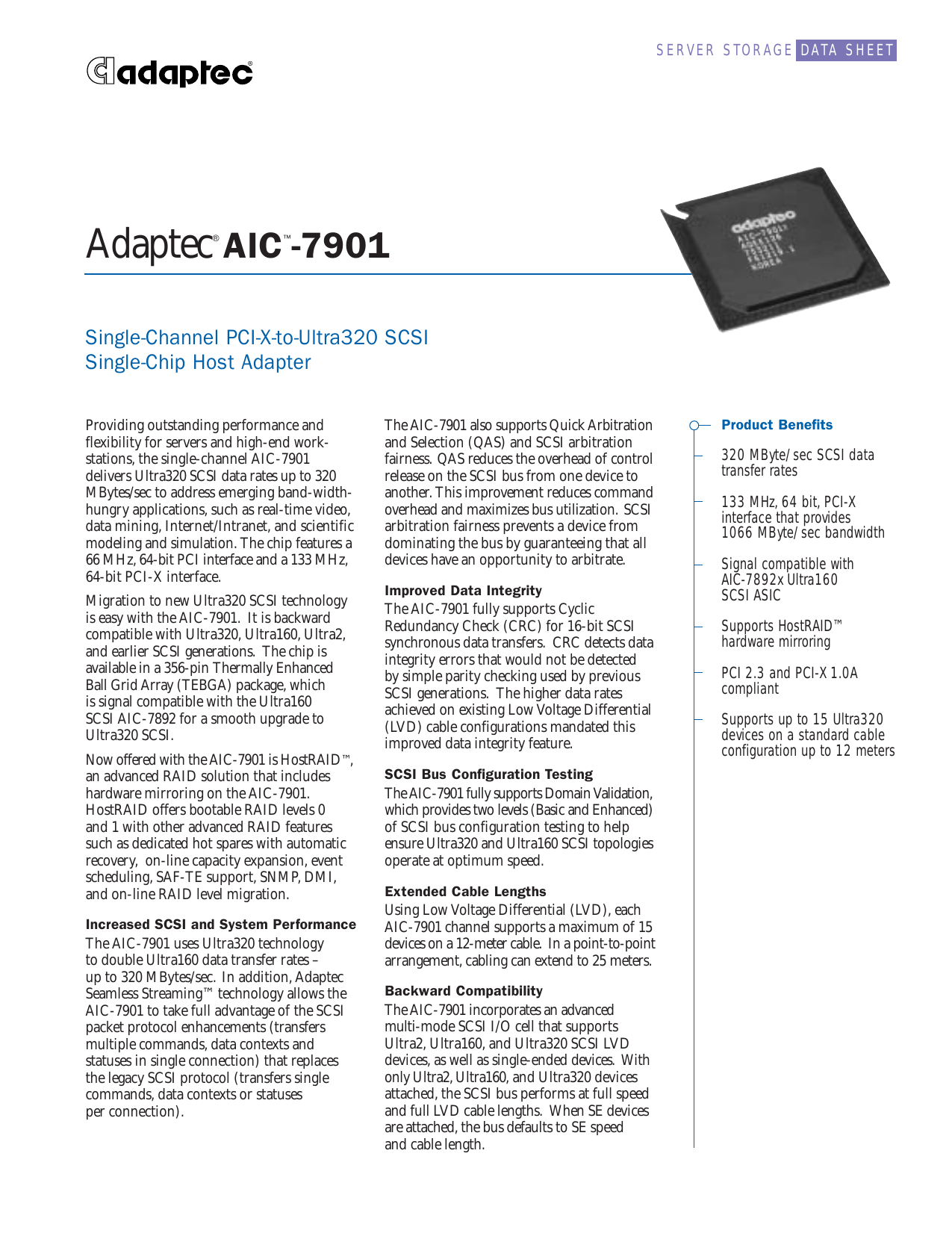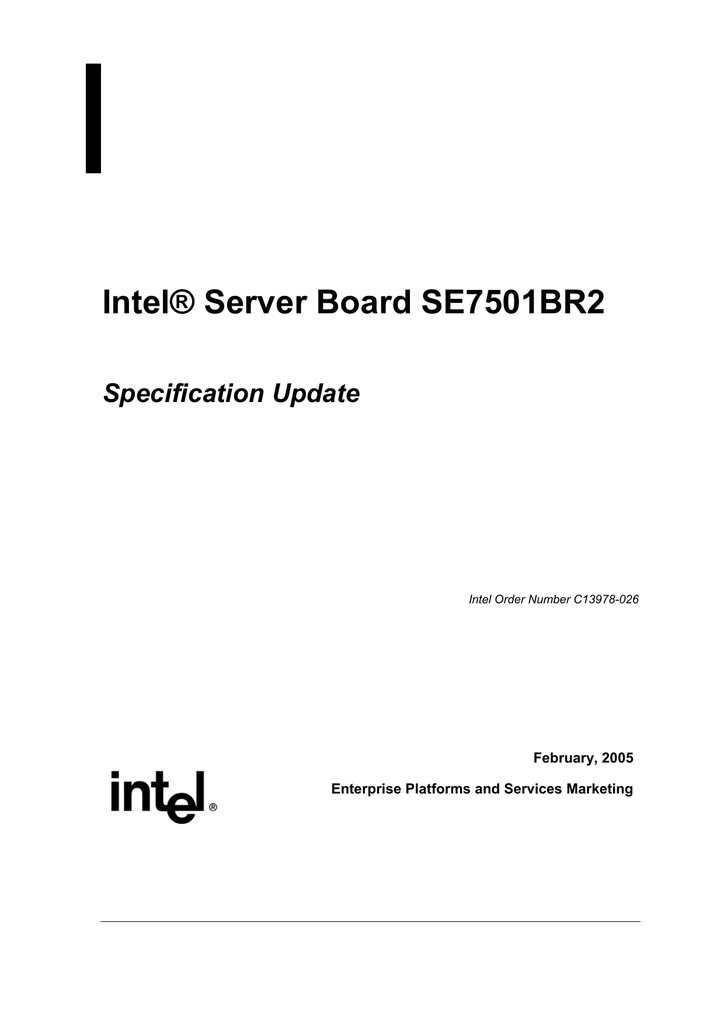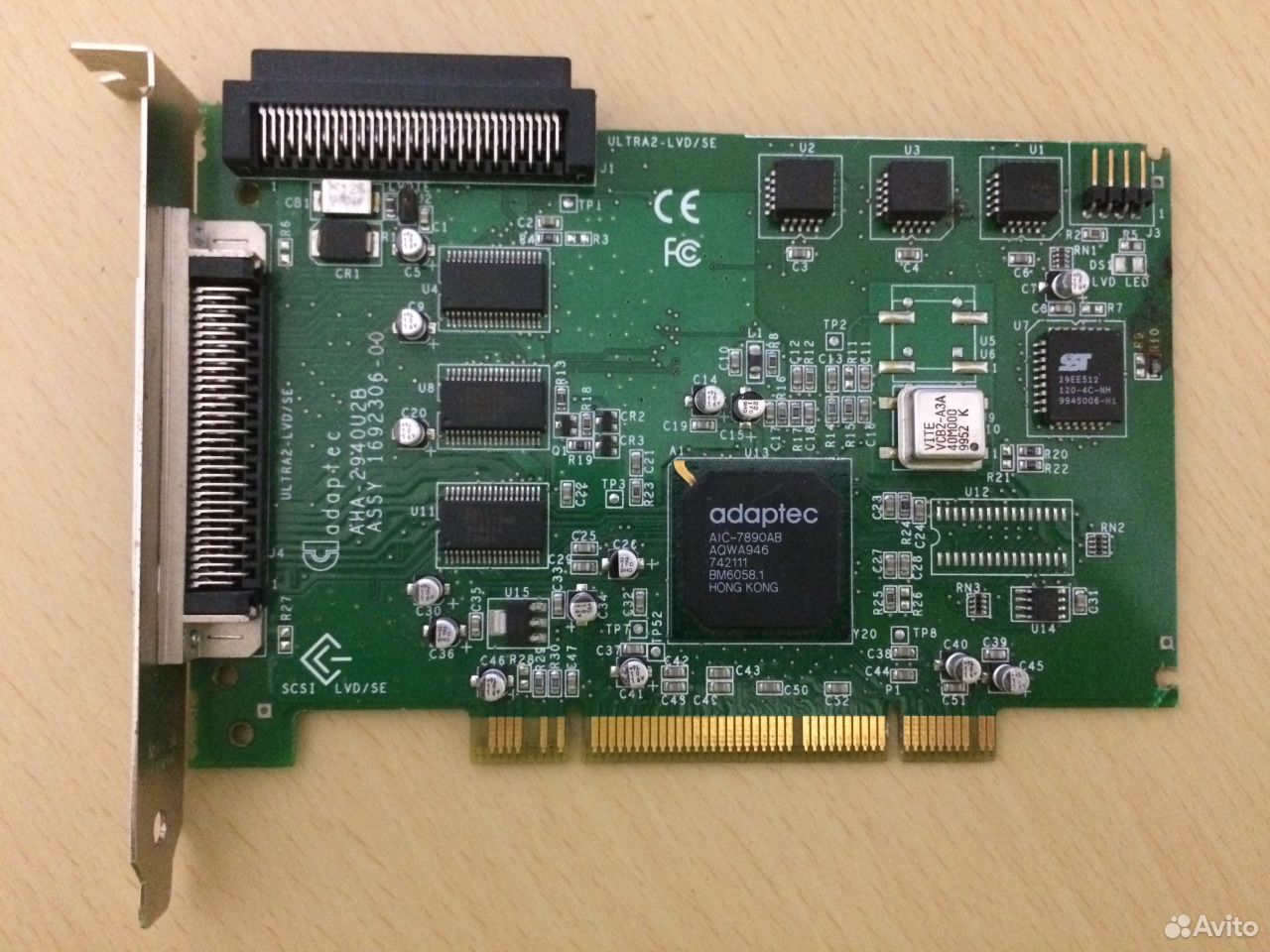Windows Adaptec Aic 7902 Hostraid Driver free download - Adaptec ASPI Drivers, Windows 10, Adaptec DirectCD Update, and many more programs. Adaptec Aic 7901 Ultra320 Scsi free download - Adaptec DirectCD Update, Adaptec UDF Reader Driver, Adaptec DirectCD Update Patch, and many more programs. Adaptec ASC-39320D HostRAID driver; Adaptec ASC-29320 HostRAID driver; Adaptec ASC-29320B HostRAID driver; Adaptec ASC-29320LP HostRAID driver; Adaptec AIC-7901A HostRAID driver; Adaptec. V Limited 5-Year Hardware Warranty 1. (“Adaptec”) warrants to the purchaser of this product that it will be free from defects in material and workmanship for a period of five (5) years from the date of purchase.
The Adaptec AIC-7902 HostRAID is a proprietary technology that is implemented to reference RAID technology integration to provide an entry level support for the storage media strategy. This particular technology supported by the accompanying device driver is also often referred to as software RAID or intelligent RAID on chip.
Attention:
To assure the safety of the data contained on your RAID array, please run a complete backup and verify prior to beginning the following procedure. When changing any configuration or adapter card there is always a danger of data loss.
Yes, you should be able to create a RAID 1 using an existing drive without losing data. However, before attempting to create the array, these steps must be completed successfully first:
- If the drive you are planning to use already has the desired operating system on it, make sure that the controller has the latest BIOS and the latest driver for the operating system installed. The driver and BIOS update can be downloaded from the following link (Instructions for updating the BIOS can be found on the BIOS download page or in the User's Guide): http://www.adaptec.com/en-us/support/raid/
- If the operating system was installed with the drive connected to another SATA or SAS controller, insert the Adaptec HostRAID controller into the appropriate PCI or PCIe slot and install the latest driver for the controller.
- Connect the drive to Port 0 (or another port of your choosing) on the controller and boot into the operating system, with no other drives attached. Be sure to know which Port the drive is connected to. This can be verified by hitting Ctrl A to enter the controller BIOS during boot and choosing SATA Disk Utilities (this will display any connected drives and indicate which ports are in use).
- You should be able to see and access all files, directories, etc. when in the operating system when booting with this drive when connected to the controller. If this is a 'Boot' drive ensure that you can boot to the drive before setting up a RAID.
Create a RAID 1 with existing drive on one port on the Adaptec HostRAID controller - Preparation.
- Connect drive with data to Port 0 and a second blank drive to Port 1. Other ports can be used, as long as it is known which port has the boot or data drive and which port has the blank drive.
- If there is an operating system installed, make sure that you can boot into the operating system now, before creating a RAID 1 array. During the system POST after the controller BIOS is displayed, the drive will be displayed as a JBOD, and the Status of drive will show 'Legacy'.
- Make sure that the BIOS and driver is the latest version, as indicated above. If necessary, update the driver using the Device Manager.
- Restart the system and boot into the BIOS of the Adaptec controller by hitting Ctrl + A at the prompt.
- Choose 'SATA Disk Utilities' – the connected drives should be displayed here. Be certain which port has the drive with data and which port has the blank drive.
- Hit Esc and choose 'Array Configuration Utility'.
- Click on 'Create Array'. If you see a RED message box: 'There is no free drive space available to create an array! Please delete one or more arrays to free drive space.' Then:
- Go to 'Configure Drives' – both drives should be available to be configured. Select both drives. There will be a RED message box: 'WARNING: One or more selected drives has a valid partition and there is a risk of losing the data if configured. Do you want to continue? (Yes/No):'
- Type 'Y'.
- Hit Esc and choose 'Manage Arrays' – the two drives will show in the List of Arrays, each will be identified as a Simple Volume.
- To verify that all is still OK (this step can be bypassed), hit Esc to get out of the BIOS and boot into the operating system. After the controller BIOS is displayed, the two drives just configured will show as Array #00 - Simple Volume - Optimal and Array #01 - Simple Volume - Optimal. You should be able boot into the operating system as previously and data should be intact as before. Once it is verified that all data is intact, restart the system and go back into the BIOS of the controller.

Create RAID 1 with an existing drive on one port of the Adaptec HostRAID controller following the above steps (drives will still be showing as a Simple Volume):

- Click on 'Create Array'.
- Select the two drives to create the array (hit space bar to move drives to right); hit Enter
- Choose 'RAID Type' – this will be RAID 1, and hit Enter
- 'Array Label' – enter a name for the array if desired, and hit Enter
- 'Create RAID via': there are 3 choices: Build, Clear, Quick Init. Important: choose Build
- Click on 'Done'. You will see a message box in RED stating the following: 'A member drive contains a valid partition table or boot block. When a RAID array is created, this information will be destroyed. Do you want to create an array? (Yes/No):'
- Choose 'Y' to create the array. A BLUE message box will then display with the following: 'Building the RAID 1 may take a few hours or more to complete. Do you still want to continue? (Yes/No):'
- Choose 'Y' to continue. You will then be asked to Select Source Drive
The two drives will be listed – the Port #, drive model, capacity – and the top drive will be highlighted. Be sure to choose the correct drive as the Source drive (the one with data on it), and hit Enter - The Array Properties screen will then be displayed and the status of the array will show 'Building 0%'. The percentage will continue building to 100%, at which time the Status will change to 'Optimal'. Wait until finished building before exiting the utility and booting into the operating system.
- If you ExitStop the Build process to boot into the operating system before completion, you will risk a drive failure, which may require performing a rebuild of the array.

Adaptec Aic-7901 Hostraid Driver Drivers

Adaptec Aic-3860q
Windows device driver information for Adaptec AIC-7902 HostRAID driver
Adaptec Aic-7901 Hostraid Driver Driver Download
The Adaptec AIC-7902 HostRAID is a proprietary technology that is implemented to reference RAID technology integration to provide an entry level support for the storage media strategy. This particular technology supported by the accompanying device driver is also often referred to as software RAID or intelligent RAID on chip. Presumably this is because the firmware is already embedded into the controller of the supported hardware component thereby eliminating the need for the activation of additional processors. The HostRAID card controllers are therefore by default enabled in the host computer system. Provided however that the correct device driver has been installed in order to correctly identify the presence of the supported hardware component. According to some computer experts the device driver for the Adaptec AIC-7902 HostRAID and similar hardware components can support both JBOD and RAID mode. The required driver files however would depend on the setting of the HostRAID component.